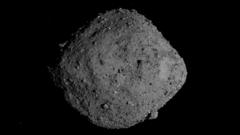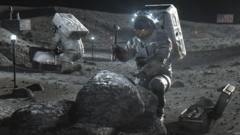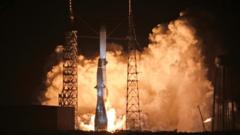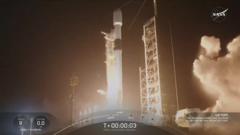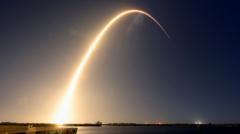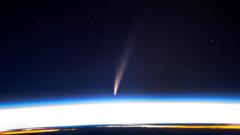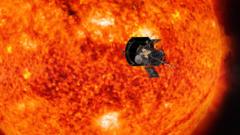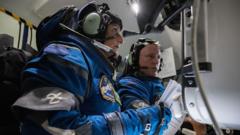**The quest to understand solar phenomena escalates as NASA's Parker Solar Probe approaches its most daring fly-by of the Sun, enduring extreme temperatures and radiation.**
**NASA's Parker Solar Probe Set for Record-Breaking Close Encounter with the Sun**
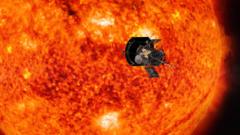
**NASA's Parker Solar Probe Set for Record-Breaking Close Encounter with the Sun**
**Parker Solar Probe aims to unlock the mysteries of the Sun during its closest approach**
NASA's Parker Solar Probe is on a mission to achieve a historic milestone as it embarks on its closest-ever approach to the Sun, reaching unprecedented distances to gather crucial data about our star. As the spacecraft dives into the Sun's outer atmosphere, it will endure scorching temperatures and intense radiation, rendering it out of touch with mission control temporarily. Scientists eagerly await a status signal from the probe, slated for 05:00 GMT on December 28, which will reveal whether it has successfully navigated this dangerous leg of its mission.
Dr. Nicola Fox, head of science at NASA, highlighted the significance of this venture during an interview, stating, "For centuries, people have studied the Sun, but you don't really know its atmosphere until you actually visit it." The Parker Solar Probe, which launched in 2018, has already skimmed past the Sun 21 times, but this Christmas Eve encounter will bring it to a record-low distance of just 3.8 million miles (6.2 million km) from the Sun’s surface. To put it in context, while Earth is situated approximately 93 million miles from the Sun, if scaled to one meter, the probe would be just four centimeters away.
The spacecraft is set to face extremes—temperatures soaring to 1,400 degrees Celsius and radiation fierce enough to threaten its onboard systems. Thankfully, the Parker Solar Probe is safeguarded by an 11.5 cm (4.5 inches) thick carbon-composite heat shield, and it will move at an astonishing speed of 430,000 miles per hour, comparable to a flight across the Atlantic in less than half a minute. This remarkable speed is a result of the strong gravitational forces it encounters as it orbits the Sun.
Why go to such lengths? The mission aims to address enduring questions about the Sun’s corona, which inexplicably reaches hotter temperatures than the Sun's surface. Dr. Jenifer Millard from Fifth Star Labs elucidated, "The corona is really, really hot, and we have no idea why." This unprecedented visit is expected to shed light on solar wind, the continuous flow of charged particles from the corona that, while spectacularly lighting up Earth's skies, can also disrupt power and communication systems.
As the probe undergoes its descent into the Sun's atmosphere, anticipation runs high among the NASA team. Dr. Fox confessed that while worry lingers, the team's design has sufficiently prepared the spacecraft for the task at hand. "I will worry about the spacecraft. But we really have designed it to withstand all of these brutal, brutal conditions. It's a tough, tough little spacecraft." Should it successfully survive and transmit data back, the probe will continue its ambitious program, paving the way for deeper understanding of solar mechanisms.

